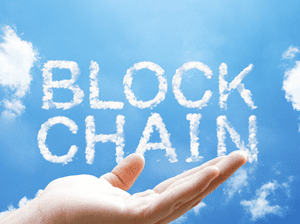Blockchain is a distributed database and storage devices for the database are not all connected to a common processor. “A blockchain or distributed ledger,” as Gartner describes, “is a mechanism for adding trust in an untrusted environment.”
Blockchain’s special capabilities in cryptography lead to this increased trust as a medium. Each transaction has a record. “Each transaction in the chain contains metadata about when and how the transaction was made.” This record is immutable and created using hash algorithms.
Blockchain technologies have the following characteristics.
- Shared Consensus: Both parties have access to any record, because it is distributed across the interested businesses and nobody has singular control of it.
- Reduced Need for Another Authority: Blockchain can enable people to create, transfer and store value directly without a traditional central authority.
- Secure Infrastructure: Blockchain implements a database that (ensures) “privacy, security, availability, and other critical business requirements.”
- Permanent Data Lineage: As Karen Lewis mentions, by design, no one party “can modify, delete, or even append any record to the ledger without the consensus from others on the network.”
Other Definitions of Blockchain Include:
- “An infrastructure software technology that has emerged over the last several years,” enabling, “many new services and convenience.” (Government Blockchain Association)
- Technology that “allows a network of computers to agree at regular intervals on the true state of a distributed ledger.” (MIT)
- “Blockchain is a single record, distributed across parties that have an interest in that record – whether it’s a financial record, shipping transaction, maintenance for a car, or a record of an automobile part.” (IBM)
- “A database that can be used by multiple entities while ensuring real-time data visibility, immutability, privacy, security, availability and other critical business requirements.” (Andrew Sohn)
- “An internet of value — a secure platform, ledger, or database where buyers and sellers could store and exchange value without the need for traditional intermediaries.” (MIT Sloan Management Review)
Businesses Use Blockchain to:
- Secure sensitive data.
- Augment machine learning and artificial intelligence.
- Determine who is the true owner of something (e.g. a car).
- Track goods and services in a supply chain.
- Empower customers with control of identity sensitive credentials. (i.e. diplomas or birth certificates).
- Decentralize and handle Electronic Medical Records (EMRs).
- Record Management, Peer-to-peer transactions, Regulatory Compliance & Audit, and Identity Management.
Photo Credit: Shutterstock.com
